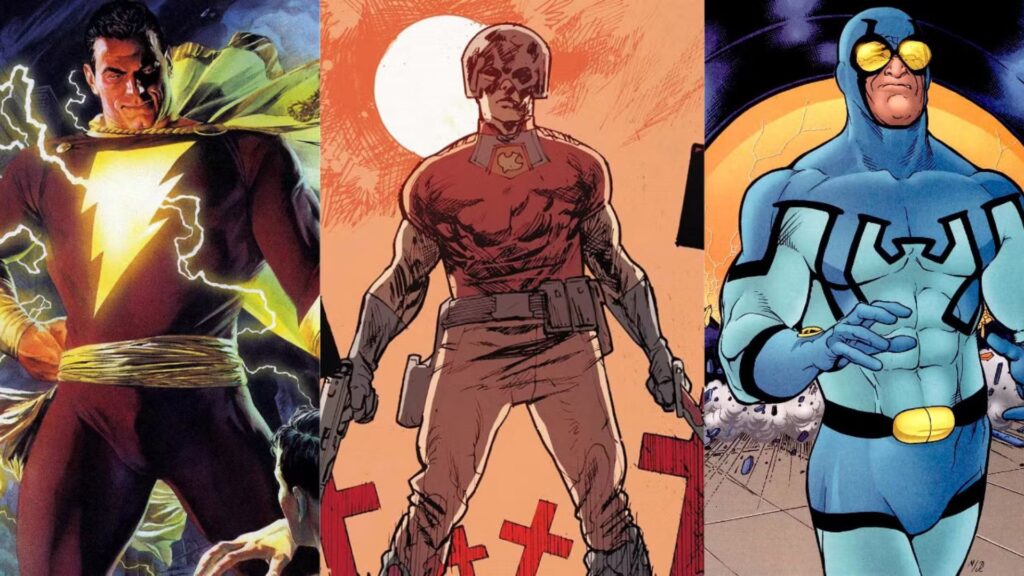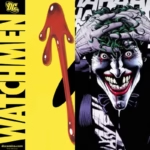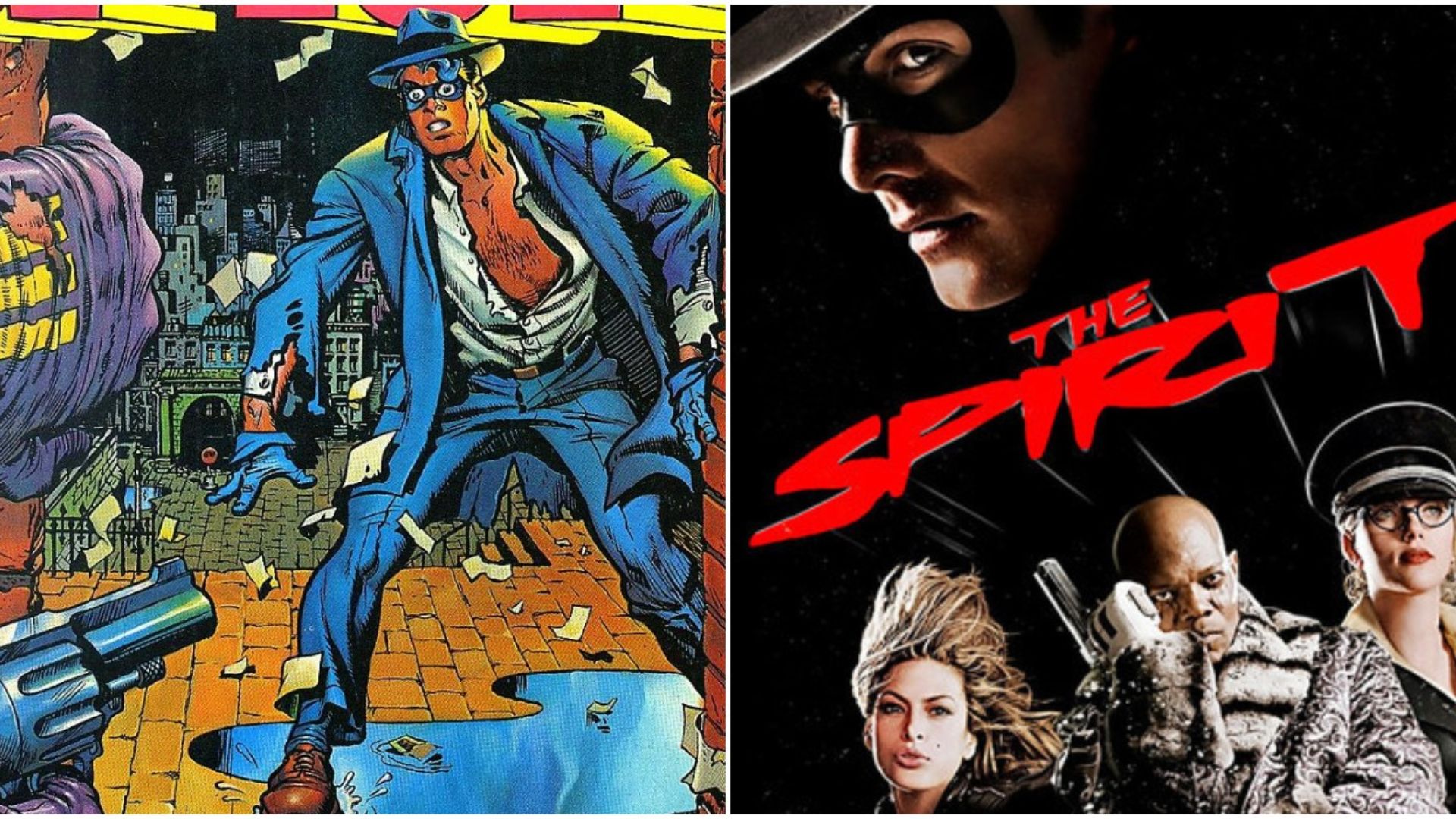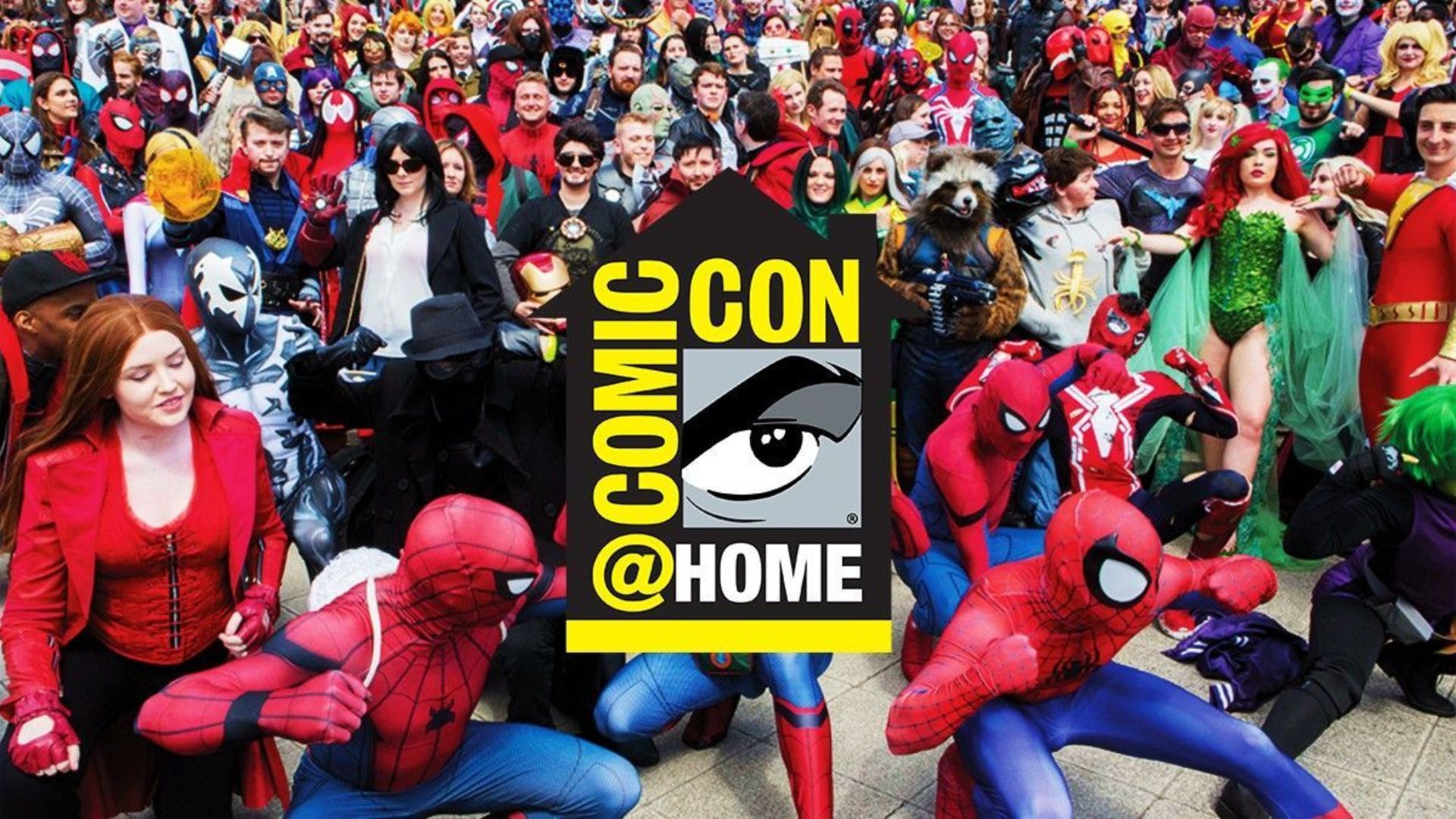Comic book characters have become some of the most enduring and recognizable figures in pop culture. From Superman and Spider-Man to Wonder Woman and the Joker, these characters have achieved an iconic status that transcends the pages of their comics. But what exactly makes a comic book character iconic? In this article, we’ll explore the key ingredients that turn a comic book character from just another superhero or villain into a pop culture legend. Through a combination of storytelling, design, relatability, and cultural impact, certain characters have achieved an enduring legacy. Let’s dive into the factors that contribute to the creation of iconic comic book characters.

Relatable and Compelling Backstories
One of the first steps to creating an iconic comic book character is to develop a backstory that resonates with readers. The most iconic characters often have complex, compelling origins or motivations that make them relatable, even if their circumstances are extraordinary.
Relatable Human Struggles
At their core, iconic comic book characters are often humanized by their struggles. Whether they are dealing with personal trauma, moral dilemmas, or a sense of alienation, these characters feel real to readers because they face challenges that reflect the human condition.
- Example: Spider-Man’s Peter Parker deals with issues like loss, responsibility, and balancing his personal life with his superhero duties. His mantra, “With great power comes great responsibility,” resonates deeply because it speaks to real-life choices about morality and sacrifice.
Origin Stories That Resonate
Many iconic comic book characters have origin stories that offer depth and meaning. Whether it’s a transformative event like the death of a loved one or an accident that gives them extraordinary abilities, these backstories shape the characters’ motivations and actions, making them relatable to a broad audience.
- Example: Batman’s Bruce Wayne becomes the Dark Knight after witnessing the murder of his parents. This tragedy serves as the foundation for his desire to fight crime and his often tortured sense of justice. The fact that many readers can relate to loss or grief makes Batman’s story universally compelling.
Memorable Visual Design
A character’s visual design plays a crucial role in their iconic status. A character’s costume, face, posture, and overall appearance must be striking and memorable in order to leave a lasting impression on readers and audiences.
Strong Symbolism in Design
Iconic characters are often defined by a strong visual element that becomes instantly recognizable, even from a distance. Colors, logos, and shapes are carefully chosen to represent the character’s identity or powers.
- Example: Superman’s iconic “S” logo on his chest is not just a symbol of strength, but it also represents hope. The bright red and yellow colors of his costume help make him instantly recognizable, even to people who may not be familiar with his story.
Distinctive and Timeless Costumes
Costumes play an essential role in making a character stand out. A timeless costume design is also flexible enough to adapt to different interpretations over time while maintaining its core elements.
- Example: Wonder Woman’s outfit, with its stars, tiara, and lasso, embodies both her warrior nature and her connection to the Greek gods. Over the years, her costume has evolved, but these elements have remained iconic and continue to evoke strength, justice, and femininity.
Conclusion
What makes a comic book character iconic is a combination of factors: a relatable and compelling backstory, a memorable design, a complex personality, and a cultural impact that transcends their original medium. Iconic characters resonate with readers because they represent universal human experiences, possess qualities that speak to larger cultural movements, and continue to evolve and inspire new generations. Whether they are heroes or villains, these characters have achieved a status that ensures they’ll remain part of our collective consciousness for years to come.









